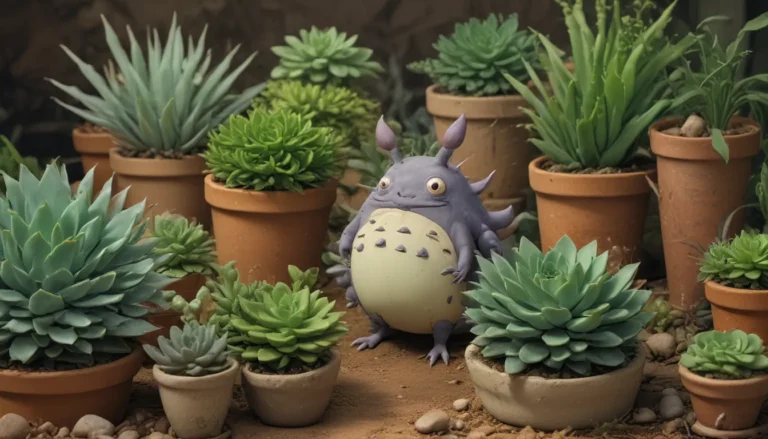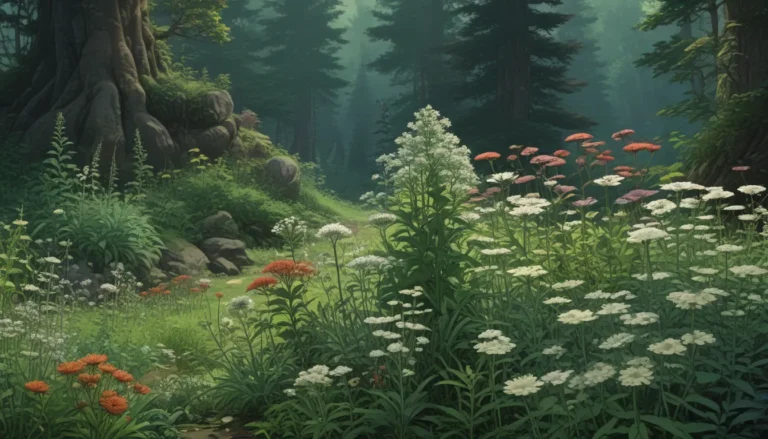French vs. English Lavender: Unraveling the Mysteries

If you’re a lavender enthusiast or a budding gardener looking to spice up your landscape with fragrant perennials, the vast diversity of Lavandula species might seem overwhelming. With over 40 accepted species, selecting the right lavender for your garden can be a challenging task.
Today, we are going to delve deeper into the intriguing world of French (L. dentata) and English (L. angustifolia) lavender varieties. These two common selections from the Lavandula genus have their unique characteristics and uses that make them popular choices among gardeners.
So, let’s roll up our sleeves and explore the fascinating differences between French and English lavender, and discover how to best utilize these aromatic herbs in your garden.
French Lavender
Starting our journey with the French lavender, also known as L. dentata or fringed lavender, this species stands out with its distinctive toothed leaves. The Latin word “dentata” translates to “toothed” in English, reflecting the serrated edges of its leaves.
Beloved for its gray-green foliage and delicate pale purple flowers, French lavender thrives in warm climates, typically in Zones 8 through 10. This compact species can reach up to four feet in width and height, making it a versatile choice for containers or landscaping designs.
Native to southwest Asia, North Africa, and the Mediterranean region, French lavender offers an extended bloom time, adding a touch of elegance to your garden.
English Lavender
On the other side of the spectrum, we have the English lavender, formerly classified as L. officinalis and now known as L. angustifolia. Despite its common name, this aromatic herb is not native to England but finds its origins in Spain, France, Italy, and the Balkan region.
Characterized by its narrow and elongated leaves, English lavender thrives in Zones 5 through 10 and prefers well-drained soil. While this species can grow up to eight feet in width and six feet in height, it needs ample space to flourish.
English lavender’s iconic blue-green foliage with a silver sheen and cone-shaped inflorescences make it a standout choice for herbal gardens and commercial essential oil production.
Spotting the Differences
When it comes to identifying French and English lavender varieties in your garden, there are a few key differences to look out for:
- French Lavender: Compact size, toothed leaves, pale purple flowers, suitable for warm climates.
- English Lavender: Larger size, narrow leaves, blue-green foliage with silver sheen, cone-shaped inflorescences, cold hardy.
While both varieties share a love for warm weather, English lavender exhibits better frost tolerance and prefers lower humidity levels. These subtle contrasts can help you choose the right lavender for your specific gardening needs.
Best Practices for Growing Lavender
Now that you’ve familiarized yourself with the unique characteristics of French and English lavender, it’s time to explore their best uses in your garden:
French Lavender:
- Popular choice for ornamental plantings in warmer climates.
- Ideal for container gardens due to its compact size.
- Leaves used in drawer sachets, soaps, and potpourri mixes.
- Limited essential oil production compared to English lavender.
English Lavender:
- Preferred option for herbal gardens and essential oil production.
- Culinary use in dishes, beverages, and herbal remedies.
- Known for stress-relieving properties in aromatherapy.
- Long stems perfect for dried bouquets and decorative arrangements.
Whether you’re looking to create a colorful hedge with French lavender or harvest aromatic blooms for your kitchen with English lavender, both species offer a myriad of benefits for your garden and well-being.
Cultivating Your Lavender Oasis
As you immerse yourself in the world of Lavandula species, remember that these fragrant herbs are not just garden adornments but powerful allies in promoting relaxation and aromatherapy.
Whether you’re strolling through your lavender-lined pathways or crafting soothing herbal remedies in your kitchen, these versatile plants deserve a special place in your garden sanctuary.
So, next time you’re tending to your lavender patch, take a moment to savor the calming fragrance and reflect on the beauty of nature’s aromatic treasures.
Have you experimented with French or English lavender in your garden? Share your experiences and favorite lavender varieties in the comments below. Let’s continue our lavender conversation!
While you’re here, explore our curated guides on lavender care and cultivation:
- Pruning Lavender for Lush Growth
- Propagating Lavender from Cuttings
- Cold-Hardy Lavender Varieties for Chilly Climates
Remember, a scented garden filled with Lavandula species is a haven for your senses and a tribute to the timeless allure of lavender. Embrace the beauty and tranquility of these fragrant blooms in your outdoor oasis.
Let’s embark on an aromatic journey with lavender as our guide, inspiring us to create fragrant landscapes and cherished memories in our garden sanctuary.





